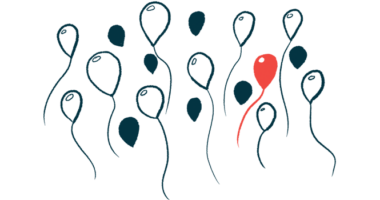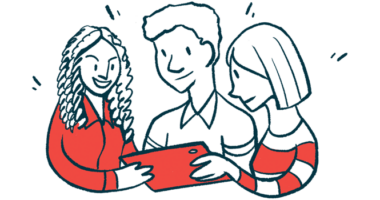Growing patient involvement in therapies aim of new NORD effort
Educaton series is part of group's RareEDU online learning program

The National Organization for Rare Disorders (NORD) is offering a new education series to help patients understand how treatments are developed and encourage them to take part in the process, the goal being to create better therapies for rare diseases like aromatic l-amino acid decarboxylase (AADC) deficiency.
Its target being patient advocacy groups, the free series, “Rare Disease Drug Development: What Patients and Advocates Need to Know,” is available in English and Spanish. Part of NORD’s RareEDU online learning program, it explains how therapies are developed, patients’ role in the process, and the scientific and clinical evidence needed to bring a new therapy to market.
“The goal of this educational series is to engage the rare disease community on their essential role in the drug development process and ultimately help produce more and better treatments for rare disease,” Rebecca Aune, NORD’s director of education programs, said in a press release.
The series’ curriculum was created by NORD, the U.S. Food and Drug Administration (FDA), and the Critical Path Institute (C-Path). It was funded through the Rare Disease Cures Accelerator-Data and Analytics Platform (RDCA-DAP). C-Path is a nonprofit public-private partnership that seeks to accelerate treatment development. RDCA-DAP is an FDA-funded initiative being developed by NORD and C-Path to speed the development of treatments and cures for rare diseases.
“It was created to address key educational needs and gaps with input from patient organizations, patient advocates, and FDA reviewers, all of whom have a variety of experience with the drug development process for rare diseases,” Aune said.
Empowering patients and advocates
There’s believed to be more than 7,000 rare diseases, 95% of which have no FDA-approved treatment. In the U.S., rare disorders affect small patient populations of fewer than 200,000 people, sometimes far fewer. AADC deficiency, a neurological condition where symptoms occur during the first year of life, has been reported in about 300 people around the world, making it extremely rare.
The rarity of these diseases makes it challenging to diagnose and identify patients to provide insight into their disease experience and participate in clinical studies, which are needed to develop treatments.
The series, meant to empower patients and advocates in the therapy development process, is presented in modules, each available in various formats, including animated videos, infographics, expert interviews, fact sheets, checklists, and interactive quizzes.
The first modules — “Drug Development Process,” “Stakeholder Roles in Drug Development,” and “Natural History Studies,” — are available now. More will be introduced next year, and will include “Patient Experience Data,” “Designing Trials for Small Populations,” and “Clinical Trial Endpoints and Clinical Outcome Assessments.”
“C-Path is proud to support this education series and it’s great to see the rollout begin,” said Collin Hovinga, C-Path’s vice president of rare and orphan diseases. “We’re committed to listening to people with lived experience as their insight, experiences, and perspectives play a vital role in drug development for rare diseases. C-Path’s rare and orphan programs, including RDCA-DAP, rely on patient data for progress and their contributions are not just data points to us; they are the heartbeat of the mission to create efficient treatments for all.”
The series was announced at the recent NORD’s Breakthrough Summit, which was attended by patient advocates, scientists, treatment developers, and federal regulators. The nonprofit organization advocates for an estimated 30 million people in the U.S. who live with a rare disorder.







